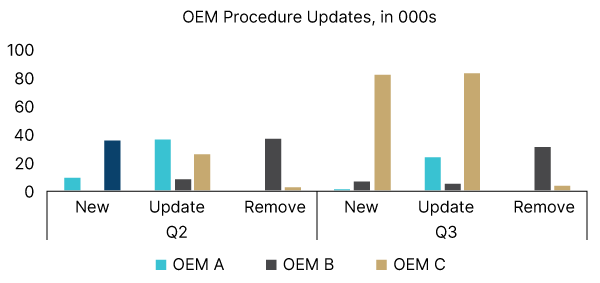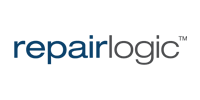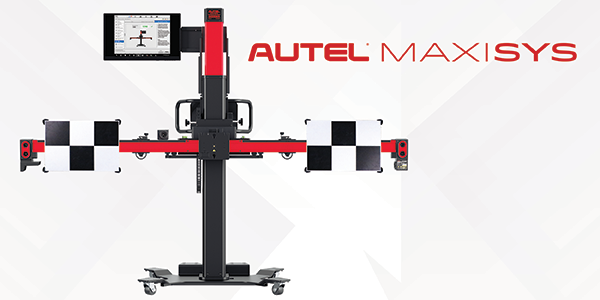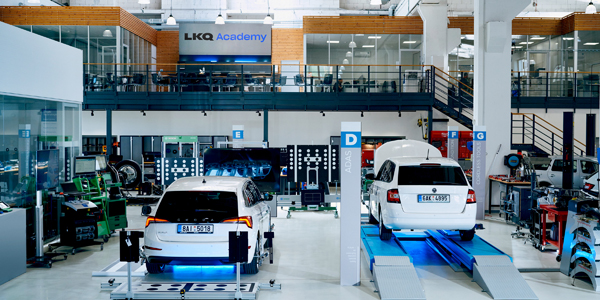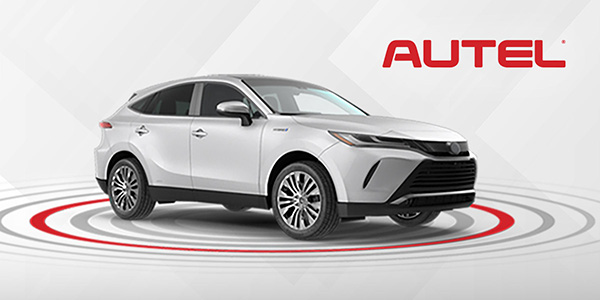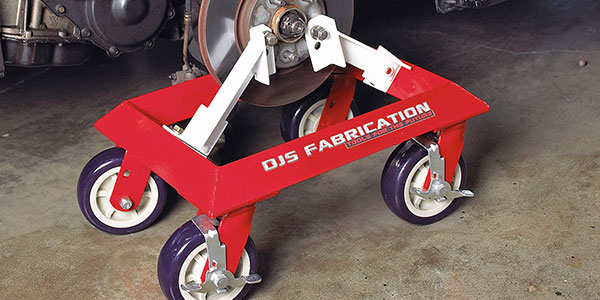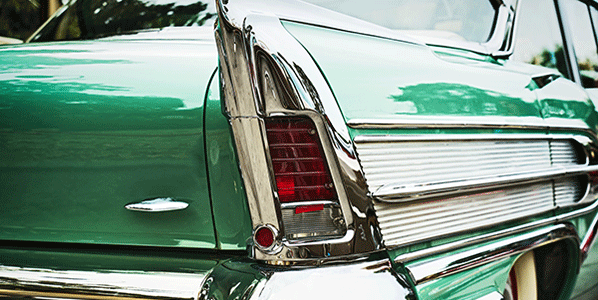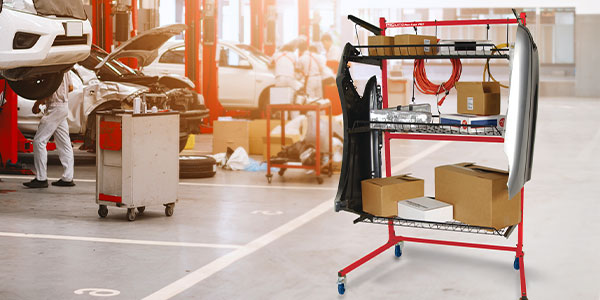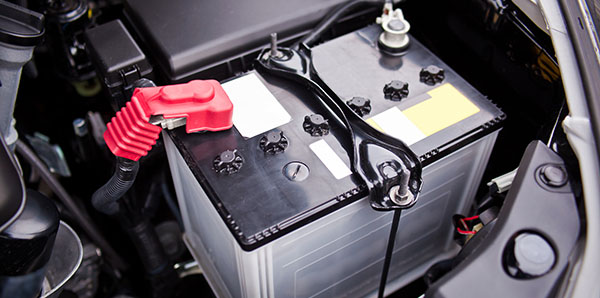Since publishing Field ReportV2, RepairLogic has been welcomed by nearly 1,000 repair centers looking to research OEM procedures more frequently and efficiently. Collision repairers are using OEM procedures more often, sharing RepairLogic reports to help claim reps and vehicle owners understand repair requirements, and taking advantage of features that make it easy to collaborate with technicians without sacrificing touch time.
Prior Field Report volumes focused on ensuring that RepairLogic is doing what we set out to do: making repair research faster, easier, and more collaborative than ever before. In Field ReportV3, we investigate ways RepairLogic is helping to improve repair quality and safety, presenting:
- Learnings from RepairLogic Platform data on the frequency of OEM procedure changes and examples of how those changes can impact repair quality if repair teams are unaware
- Readiness for electric vehicle repair, as self-reported by repair teams
- Learnings from RepairLogic Platform procedure usage data on electric vehicles
- A case study on how Dave’s Auto Body used RepairLogic to increase their research rate
Ever Changing OEM Procedures
More than 300,000 Procedures Updated Across 3 OEMs
Historically, many have wondered about the frequency and depth of OEM procedure updates but lacked data to make definitive statements. Now, with OEC’s procedure versioning data, a feature exclusive to RepairLogic, we can definitively say: OEMs are constantly updating procedures.
In a six month period for three OEMs, over 300,000 procedures were added, updated, or deleted. These updates are historically not timestamped and can occur at any time, making it nearly impossible for repairers to keep up on them without technology like we have incorporated into RepairLogic.
This is just a preview of the research published in Field ReportV3. Do you want to learn how these changes can affect vehicle safety or discover how EV procedures differ from ICE vehicle procedures?
Download the full Repair Planning Field Report
Sponsored by RepairLogic.

